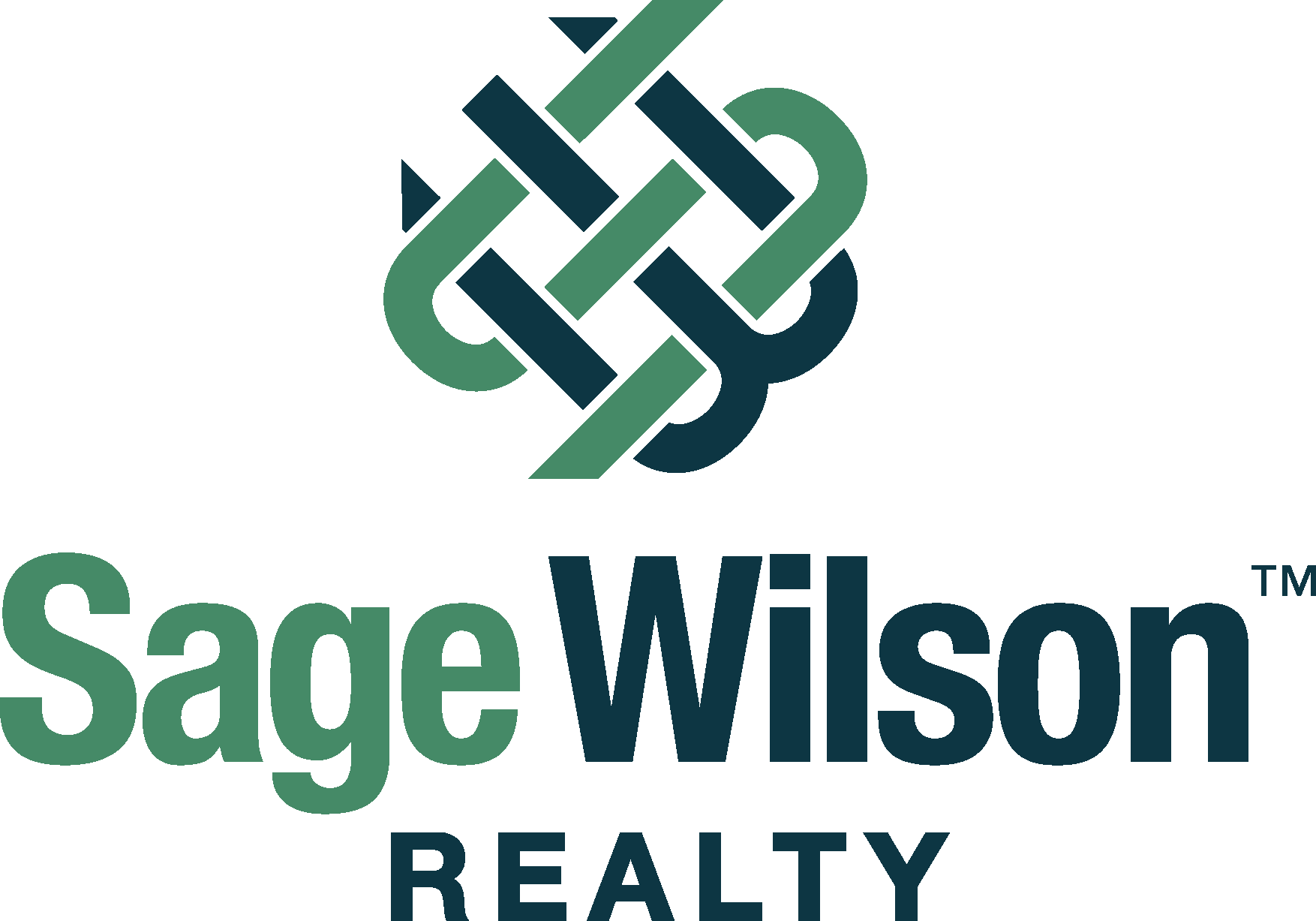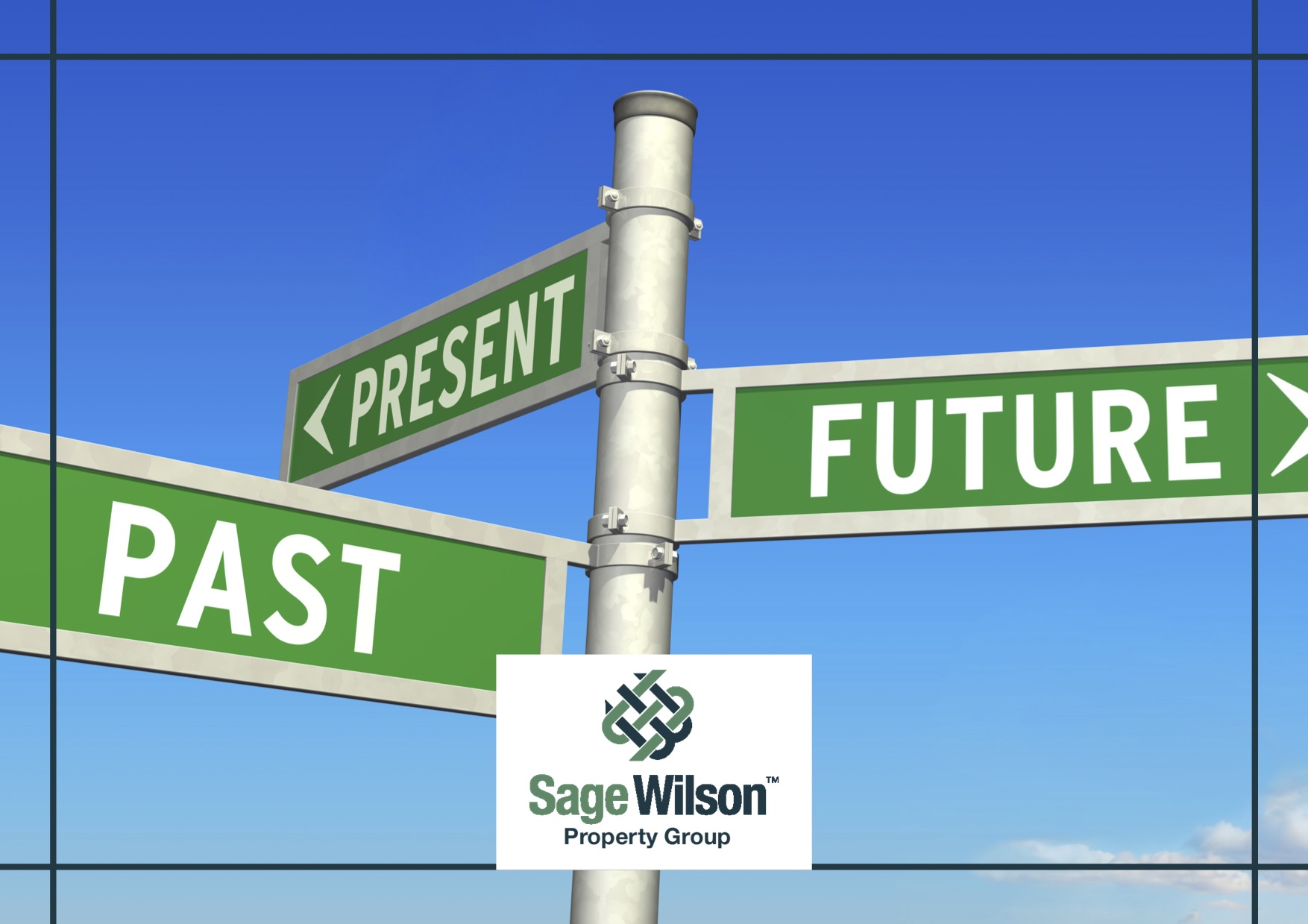The Austin market has begun to stabilize, as the latest market report from the Austin Board of REALTORS® shows. But what’s the future of the Austin real estate market?
Home sales in Cedar Park increased, the average home prices decreased compared to the previous month. August’s median home price was $584,491. This is almost a $30,000 decrease from July 2021’s number, but a 17% increase from August 2020.
Meanwhile, home sales in Leander decreased. The average home prices increased by 47% compared to August 2020 home prices. In August, home sales declined by almost 30% from 2020. The average home price had a 47% year-over-year increase to $539,258.
ABOR President Susan Horton said, “While it wouldn’t be appropriate to say market conditions are normalizing—inventory is still at an all-time low and homes are still selling as soon as they hit the market—August’s housing activity is closer to what we would typically experience in the fall.”
Austin’s Current Real Estate Market
According to several surveys, Austin is a popular market; it’s the second most overvalued, most attractive, and top housing market.
The Business Journals analyze housing data from Zillow to plug into their weighted formula that accounts for pricing and value changes over a five-year, one-year, six-month, and one-month period. The result is the Top 25 housing markets with the most significant increase since the summer of 2016. Austin ranked #2 with a 27% increase in six-month value change. It’s a 41% increase in 1-year value change and a 70% increase in 5-year value change.
A data analysis released by researchers at Florida Atlantic University and Florida International University revealed Austin as #2 among the most overvalued metro home markets in the U.S. According to the study, homes are selling for over 50% more than they should. The study covered single-family homes, townhomes, condos, and co-ops.
WalletHub released their latest study, “The Best Real-Estate Markets,” after analyzing 300 cities of varying sizes across 18 key indicators of housing-market attractiveness and economic strength. The result: Austin is #2 for the most attractive housing market.
Future Austin Homes
While the real estate market is hot, there aren’t enough homes for everyone. The pandemic can explain part of this. The global outbreak of the coronavirus has increased the need for remote work and businesses to relocate. This is causing an influx of new residents to Austin as they migrate. The City Council could explain the other reason.
According to HousingWorks’ latest report, a nonprofit in Austin, none of the City Council districts met its affordable housing production goals for 2020 in Austin. The Austin Strategic Housing Blueprint is a 10-year plan that aims to create 60,000 units for those making 80% of the median family income or less. The Council adopted the project in 2017 and has built 7,010 units since. It’s only 12% of the 10-year goal, meaning the city is almost 11,000 units behind.
But that could change as The National Association of Home Builders found in their study that Austin is one of the Top 10 areas with the most home building activity. They found this by assessing a year’s worth of single-family permits to gauge the area with the most home building activity, as it jumped almost 30% from July 2020 to July 2021. Number one was Houston-The Woodlands-Sugar Land, with the Dallas-Fort Worth-Arlington area second. In fifth was the Austin-Round Rock area.
But with little inventory, it forces potential homebuyers to either buy a home out of their price range or continue to rent. Little to no inventory is causing apartments to increase across the city. ApartmentData.com’s October market report shows that rent in Austin has increased by over 25%. The average 875 square foot apartment rents for $1,535/month when it was under $1,300 only a year ago. Austin’s average square foot per month is $1.75/square foot. It’s higher than Houston’s, San Antonios, and the Dallas Fort Worth area.
What We Think About the Future of the Austin Real Estate Market
Here is what our founder and CEO, Erik Wilson, thinks about all these market changes and studies:
“Buyers coming from California, the Pacific Northwest, Chicago, New York, Vancouver, assess the value of the city relative to the city they are moving from. And compared to Seattle or Portland or San Jose, or the East Coast, buyers still see Austin as an affordable city. When discussing offer prices, we often hear how much more the same home would cost in their prior city. Longtime Austinites lament the increased buyer competition and the rapid increase in prices (unless they are selling and moving out of the city – in which case they love it). Without a big change in interest rates, we don’t see Austin about to slam on the brakes.”
If you’re ready to buy, sell, or invest in Austin, contact us!





